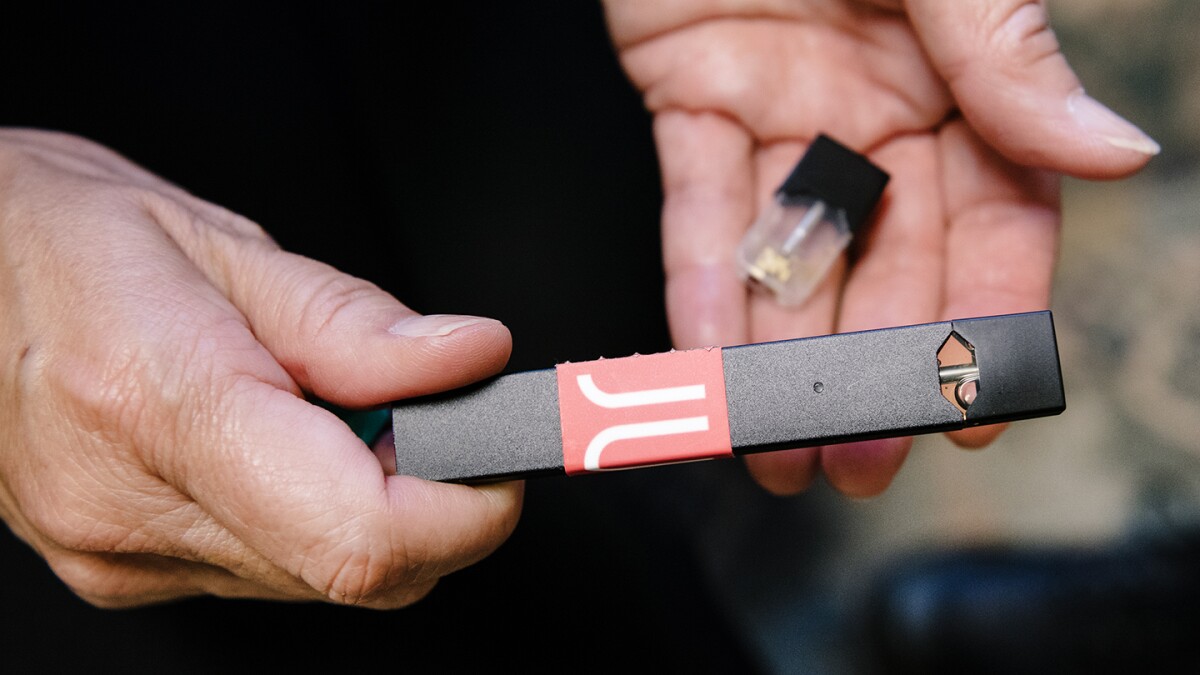In recent years, the usage of electronic cigarettes has risen which has raised questions about their security and health. One of the main concerns is secondhand exposure to vaping, which is especially alarming in indoor areas like homes, schools and workplaces. To deal with this issue there are many using vape detectors, which are able to monitor and detect vaping in the indoors. We’ll look at the different kinds and features of vape detectors, as well as the ways they can work in various circumstances.

Vape detectors are electronic gadgets that use sensors to detect the presence of vape smoke or particles floating in the air. They are utilized to detect the emission of vapour in indoor areas. It can be beneficial in the enforcement of anti-smoking laws as well as the identification of places where smoking vape may occur. Vape detectors come in a variety of types which include ones that can be used at home, in schools as well as other public areas.
Vape detector use are becoming increasingly popular among families who want to protect their children from the harmful effects of secondhand smoke. These detectors can be discreetly placed in living rooms, where smoking can be a possibility. They use a variety of sensors to identify vaping. They can also detect vaping device particles by using PM2.5 sensors. Many vape detectors for home come with apps for smartphones to notify you if vaping has been detected.
Vape detectors may also be utilized in schools to fight indoor vaping. Many schools have enacted a smoking-free policy, which prohibits the use of vaping device. Vape detectors assist administrators in enforcing policies by identifying areas where students might be vaping. They’re typically placed in areas that are common to all, such as bathrooms, hallways, and locker rooms, and can be connected to a central monitoring system that alerts administrators when vaping is detected.
Vape detectors used in schools are typically superior to those for the home, since they have to cover a larger area as well as distinguish between vaping and other types of smoke. They employ a range of sensors to detect smoking. These include laser scattering sensors. Certain models are able to distinguish between different devices for vaping like e-cigarettes as well as vaping pen.
Vape detectors can be seen in public places such as hotels, casinos and even offices. These detectors offer a safe healthy and safe environment for employees and guests. They can monitor the indoor air quality and detect the presence of vape. The detectors can be set in areas like lobbies or conference rooms. They also provide data on indoor air quality.
One of the key features of vape detector is their capability to use laser scattering technology in order to detect vape particles. The technology is able to detect tiny amounts of vape smoke. Laser beams are used to identify the scattering of light caused by particles that are in the air. The vape detectors have the ability to provide highly precise readings of the indoor air quality. They can also identify those areas where vaping is taking place.
Another significant feature of vape detectors for homes is the ability to connect to a smartphone app that provides real-time alerts and notifications when vaping is discovered. This is a great feature for parents who wish to keep track of the use of vape in the home by their children, or school administrators, who wish to be informed when students vape. Certain vape detectors are also equipped with cloud-based storage of data, which can be useful for monitoring trends in indoor air quality and identifying areas that might require further attention.
Vape detectors offer a quick method of detecting indoor smoking at home, in schools or other public areas. These devices make use of sensors and technologies to accurately determine the quality of air in a room. They are also connected to smartphones apps to receive notifications in real-time and alerts.
Vape detectors are a safety measure for those who are in the vicinity of air pollution. They reduce distractions so that we can focus on ensuring that we have the highest quality of air. These detectors are relatively new, and their results need to be studied. However, it is believed that they could be able to improve the quality of indoor air and our overall health. Vape detector technology has proven in the past to be adept at capturing and reducing harmful substances like volatile organic compounds (VOCs), carbon monoxide (CO) and ultrafine particulate matter (PM2.5). Vape detectors can detect products that are vaporized with greater precision and speed than they did before. Vape detectors are positive developments for safety and health. The technology that is so innovative will continue to be used ever more frequently, which may one day assist in protecting our loved ones from the dangers of secondhand smoke and smoking cigarettes in our houses.
